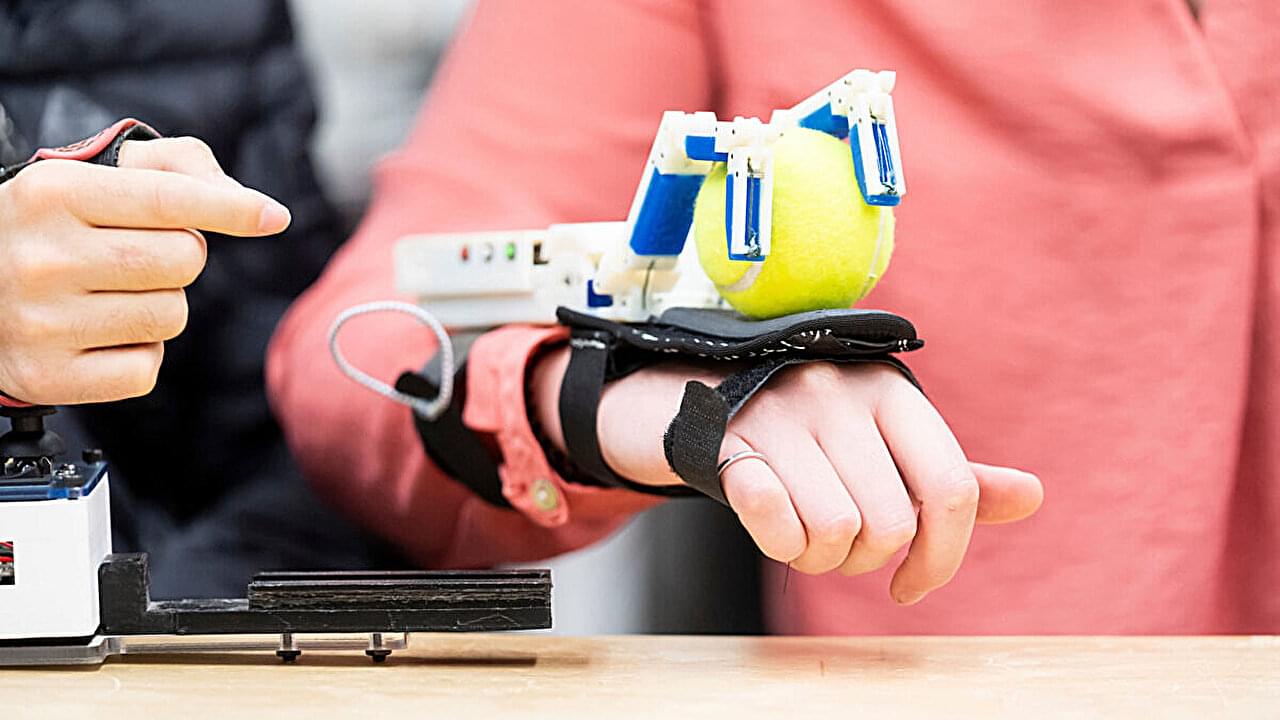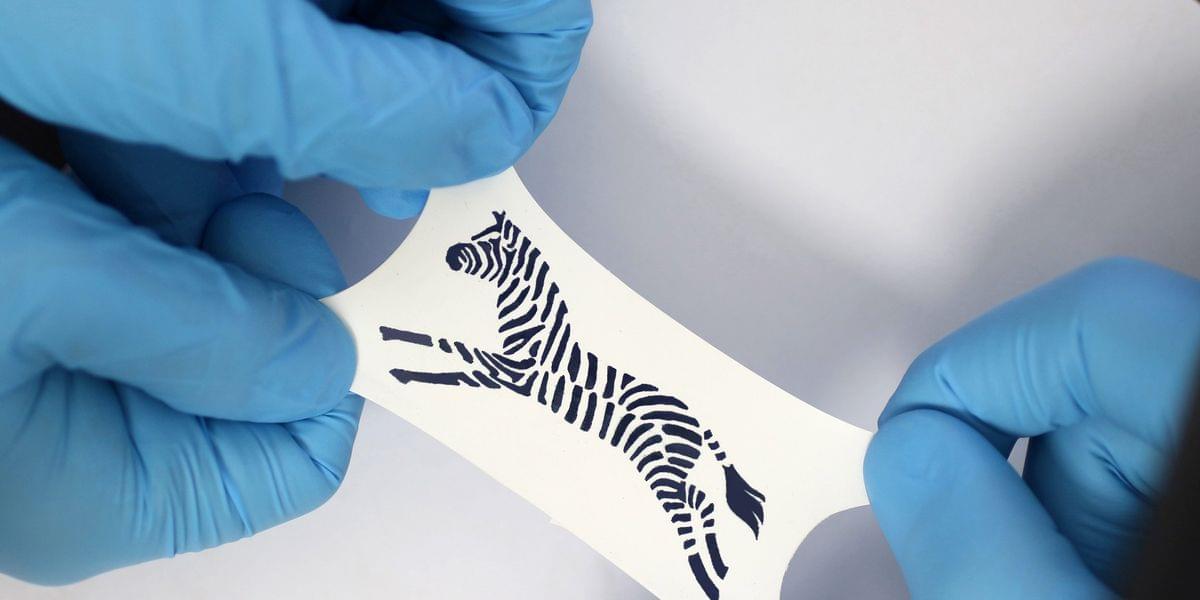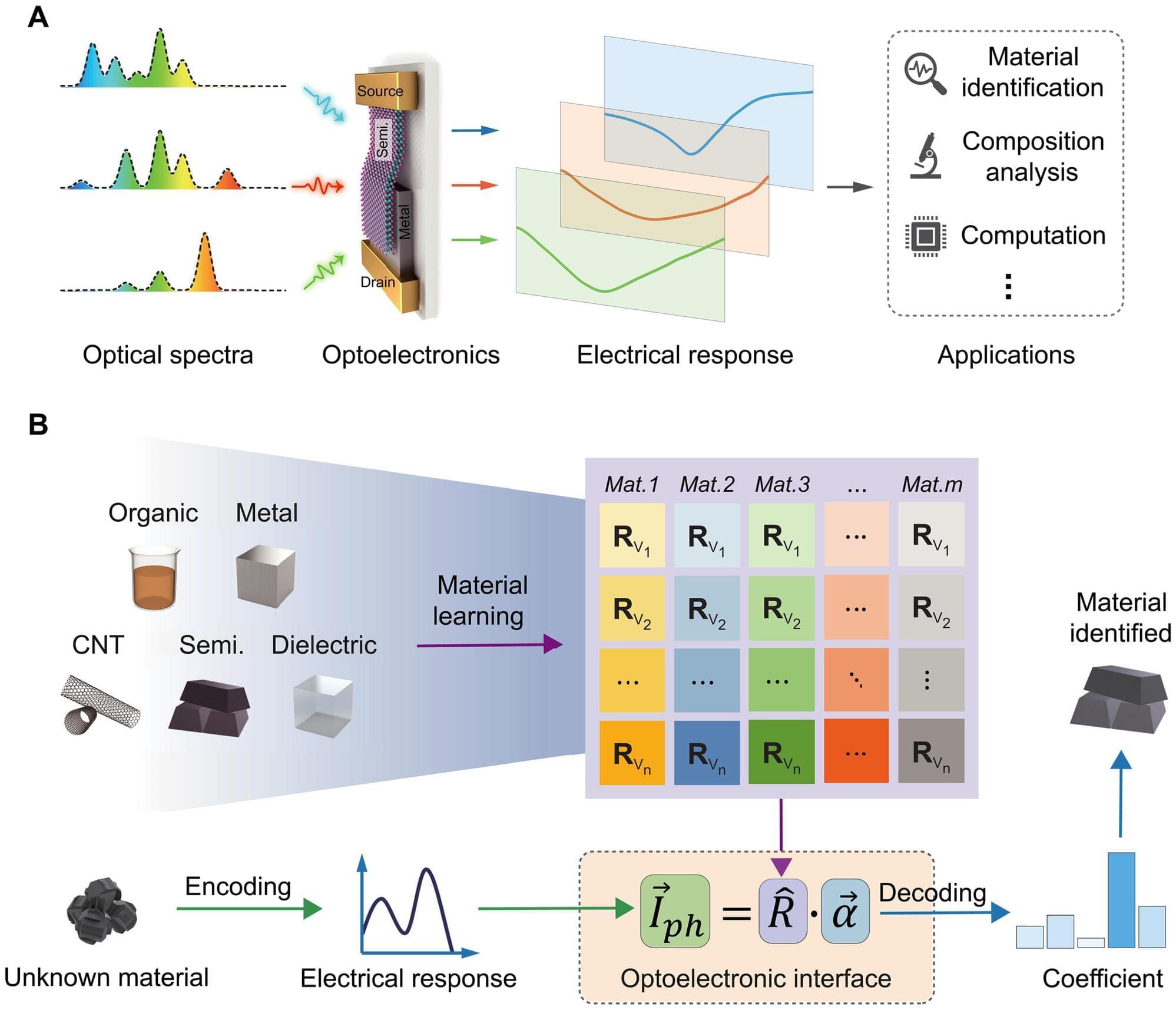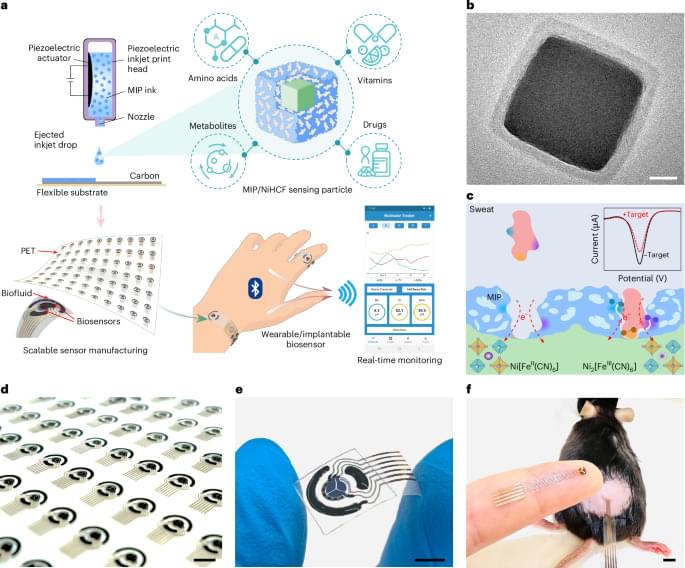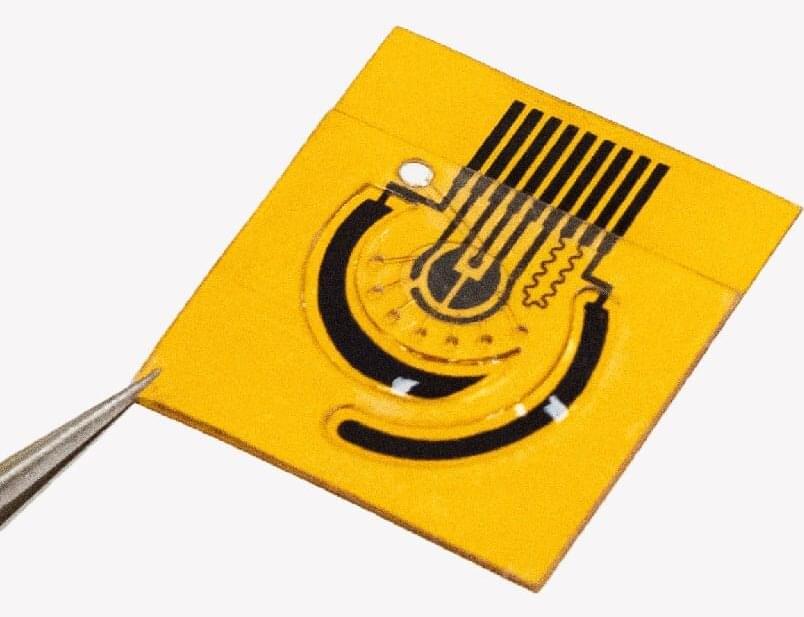🛟🧬🧫🩹⚙️
Wound infections are common combat injuries and can take otherwise able-bodied personnel out of operations and/or result in severe medical complications. Current standard of care relies on complicated and often time-consuming tests to identify the specific infection-inducing pathogens that caused the wound infection. Therapeutic treatments rely on broad-spectrum and high-dose antibiotics alongside surgical excision – which are not pathogen specific, drive antibiotic resistance, can have toxic side effects, require advanced medical training, and can result in high treatment costs and burden on patients. A game-changing approach to managing infection of combat wounds, particularly one that can be applied autonomously, would benefit warfighter readiness and resilience.
The BioElectronics to Sense and Treat (BEST) program seeks to meet this need by developing wearable, automated technologies that can predict and prevent a wound infection before it can occur, and to eliminate an infection if it has already taken hold. To achieve this, DARPA is seeking researchers to develop novel bioelectronic smart bandages comprised of wound infection sensor and treatment modules. The sensors should be high-resolution and provide real-time, continual monitoring of wounds based on, for example, the person’s immune state and the collection of bacteria that live in and around a wound. Data from these sensors will be used to predict if a wound will fail to heal due to infection, diagnose the infection, and regulate administration of targeted treatments – using closed-loop control to prevent or resolve infection for improved wound healing.
“Given that infection initiates at the time of injury and can take hold before aid arrives, particularly in austere environments, the earlier we can deploy these technologies, the bigger impact they will have,” noted Dr. Leonard Tender, BEST program manager. “Even if medivac occurs immediately, without the ability to prevent infection, the downstream care required to treat the surge of wound infections resulting from a large-scale combat operation could easily overwhelm care capacity.”


